#tang dyansty
Text
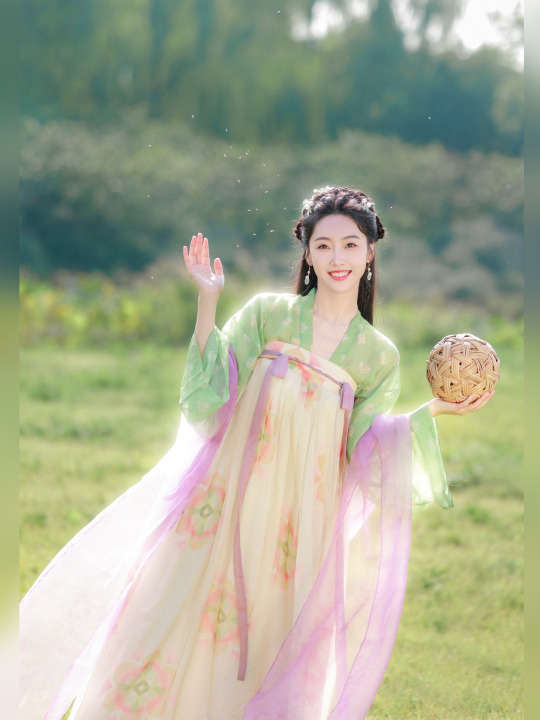





Spring Outing - Qixiong Shanqun
Chinese actor Lulu Xuan
308 notes
·
View notes
Text
至此千载后
传是何如人
人生未死间
不能忘其身
Up till now, thousands have tried to write down
What kind of great scholar they were.
I'll worry about that when I'm dead.
For now, I can't stop thinking of you.
source
8 notes
·
View notes
Text


Dragon of the heavens and abyss
#dragon#oc#eastern dragon#hanfu#tang dyansty inspired but still learning how to draw them...#leafy sea dragon#ocean#sea#star#made them a human form!#xinghai
140 notes
·
View notes
Text



ok this reminds of the scene in 宝莲灯 where chen xiang fights the terracotta guards hehe
11 notes
·
View notes
Photo

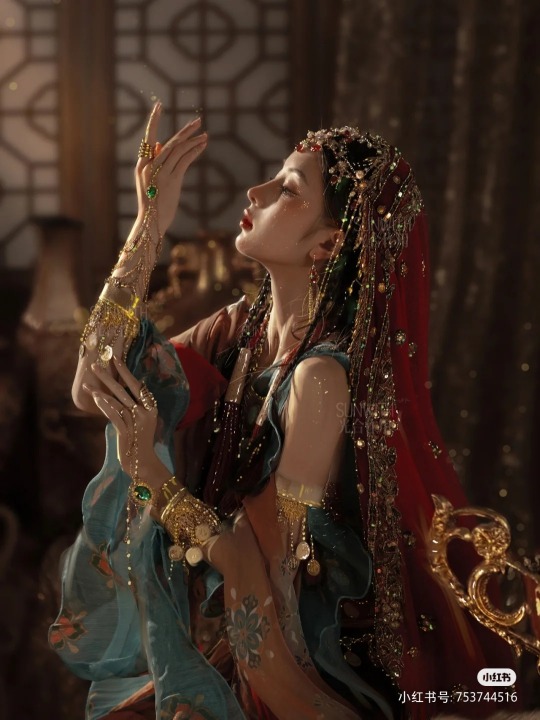



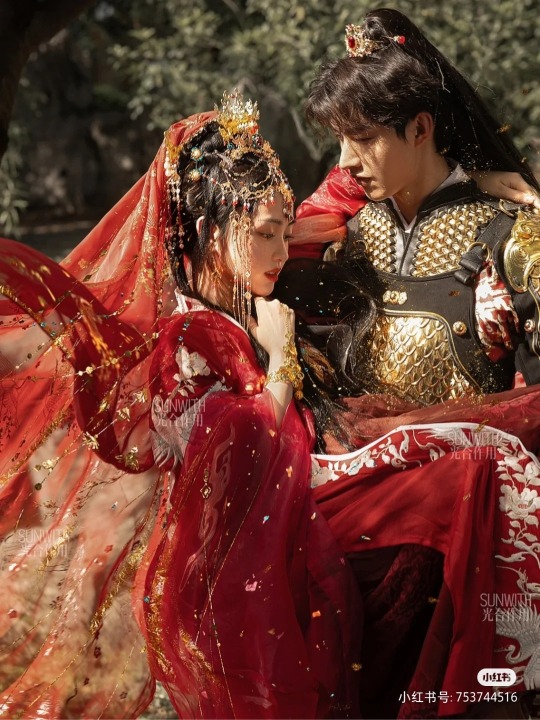


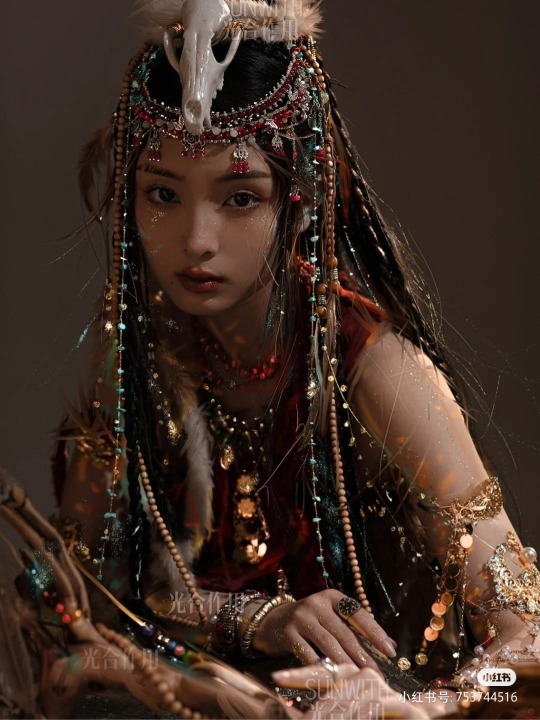

fantasy fashion inspired by various historical fashion in tang dyansty (arabian, central asia, hanfu, xiyu) by 海邪邪
#china#fashion#costume#at first i was confused#because photographer make it look like a polyamorous drama lol
1K notes
·
View notes
Text
Since many people enjoyed the Peach Blossom Springs build by Epicwork, here are some more builds that they’ve made over the years, along with some historical background on the builds, if anyone is interested:
The Thousand-Year Capital City - Luoyang (千年帝都·洛阳)
undefined
youtube
In ancient times, Luoyang served as capital city in Xia dynasty/夏朝 (2070 BC - 1600 BC; the existence of this dynasty is debated among scholars due to insufficient archaeological evidence), Shang dynasty/商朝 (1600 BC - 1046 BC; Luoyang was one of the two capital cities), Western Zhou dynasty/西周 (1046 BC - 771 BC; Luoyand was again one of two capital cities), Eastern Zhou dynasty/东周 (770 BC - 256 BC), Western Han dynasty/西汉 (briefly starting from 202 BC), Eastern Han dynasty/东汉 (25 AD - 220 AD), Kingdom (dynasty if going by the traditional official historiography) of Wei/曹魏 (220 AD - 266 AD; this is part of the famous Three Kingdoms period), Western Jin dyansty/西晋 (266 AD - 213 AD), Northern Wei dynasty/北魏 (386 AD - 534 AD; Luoyang became its capital in 494 AD), Sui dynasty/隋朝 (581 AD - 618 AD; Luoyang became the capital in 605 AD), Tang dynasty/唐朝 (618 AD - 907 AD, including the brief Zhou/武周 during which Wu Zetian was the first female emperor; Luoyang was the capital or one of the capitals starting from 657 AD), Later Liang dynasty/后梁 (907 AD - 923 AD), Later Tang dynasty/后唐 (923 AD - 937 AD), Later Jin dynasty/后晋 (936 AD - 947 AD).
The build here (minus the giant dragon statue of course) is based on Luoyang during Tang dynasty, possibly around the time when Emperor Gaozong or Wu Zetian was in power, due to the presence of the enormous standing Buddha statue (Wu Zetian believed in Buddhism, while most other emperors of Tang dynasty put more emphasis on Daoism, since they claimed to be descendants of the founder of Daoism, Laozi, whose real name was Li Er).
The Garden of Gardens - The Old Summer Palace (万园之园·圆明园)
undefined
youtube
The Old Summer Palace or Yuanmingyuan/圆明园 was a garden constructed during Qing dynasty that incorporated elements of Chinese architecture and Western architecture. The garden used to contain many priceless artifacts, the vast majority of which were stolen by British and French forces in 1860, and the garden itself was burned to the ground and thoroughly destroyed. As a result of this purposeful destruction, only a few broken pillars remained, standing as a grim reminder to the plundering and destruction that were the results of Western imperialism.

Epicwork tried to reference old photos and historical records when recreating the garden here in this build.
The quote at the beginning of the video comes from a letter written by Victor Hugo to Captain Butler (boldened portion is the quote):
To Captain Butler
Hauteville House,
25 November, 1861
You ask my opinion, Sir, about the China expedition. You consider this expedition to be honourable and glorious, and you have the kindness to attach some consideration to my feelings; according to you, the China expedition, carried out jointly under the flags of Queen Victoria and the Emperor Napoleon, is a glory to be shared between France and England, and you wish to know how much approval I feel I can give to this English and French victory.
Since you wish to know my opinion, here it is:
There was, in a corner of the world, a wonder of the world; this wonder was called the Summer Palace. Art has two principles, the Idea, which produces European art, and the Chimera, which produces oriental art. The Summer Palace was to chimerical art what the Parthenon is to ideal art. All that can be begotten of the imagination of an almost extra-human people was there. It was not a single, unique work like the Parthenon. It was a kind of enormous model of the chimera, if the chimera can have a model. Imagine some inexpressible construction, something like a lunar building, and you will have the Summer Palace. Build a dream with marble, jade, bronze and porcelain, frame it with cedar wood, cover it with precious stones, drape it with silk, make it here a sanctuary, there a harem, elsewhere a citadel, put gods there, and monsters, varnish it, enamel it, gild it, paint it, have architects who are poets build the thousand and one dreams of the thousand and one nights, add gardens, basins, gushing water and foam, swans, ibis, peacocks, suppose in a word a sort of dazzling cavern of human fantasy with the face of a temple and palace, such was this building. The slow work of generations had been necessary to create it. This edifice, as enormous as a city, had been built by the centuries, for whom? For the peoples. For the work of time belongs to man. Artists, poets and philosophers knew the Summer Palace; Voltaire talks of it. People spoke of the Parthenon in Greece, the pyramids in Egypt, the Coliseum in Rome, Notre-Dame in Paris, the Summer Palace in the Orient. If people did not see it they imagined it. It was a kind of tremendous unknown masterpiece, glimpsed from the distance in a kind of twilight, like a silhouette of the civilization of Asia on the horizon of the civilization of Europe.
This wonder has disappeared.
One day two bandits entered the Summer Palace. One plundered, the other burned. Victory can be a thieving woman, or so it seems. The devastation of the Summer Palace was accomplished by the two victors acting jointly. Mixed up in all this is the name of Elgin, which inevitably calls to mind the Parthenon. What was done to the Parthenon was done to the Summer Palace, more thoroughly and better, so that nothing of it should be left. All the treasures of all our cathedrals put together could not equal this formidable and splendid museum of the Orient. It contained not only masterpieces of art, but masses of jewelry. What a great exploit, what a windfall! One of the two victors filled his pockets; when the other saw this he filled his coffers. And back they came to Europe, arm in arm, laughing away. Such is the story of the two bandits.
We Europeans are the civilized ones, and for us the Chinese are the barbarians. This is what civilization has done to barbarism.
Before history, one of the two bandits will be called France; the other will be called England. But I protest, and I thank you for giving me the opportunity! the crimes of those who lead are not the fault of those who are led; Governments are sometimes bandits, peoples never.
The French empire has pocketed half of this victory, and today with a kind of proprietorial naivety it displays the splendid bric-a-brac of the Summer Palace. I hope that a day will come when France, delivered and cleansed, will return this booty to despoiled China.
Meanwhile, there is a theft and two thieves.
I take note.
This, Sir, is how much approval I give to the China expedition.
Regrettably, none of the priceless artifacts that were stolen had been returned by any of the countries involved, and instead became a major part of the museum collections of various Western countries. The small portion of artifacts that had returned to China were mostly bought from auctions by Chinese people. To this day, British and French mainstream media refuse to fully acknowledge the plundering and destruction of Yuanmingyuan.
Lijiang, the Ancient Mystic City (中国风·丽江古镇)
undefined
youtube
I thought the translation for the title should’ve been “the Ancient Mystical City”, but it’s okay. This is Epicwork’s first Chinese architecture-style build that became popular. This build is based on the real life Old Town of Lijiang (丽江古镇), which is a UNESCO World Heritage Site. The real life Old Town of Lijiang has architecture that incorporated features of Han culture and Naxi culture.

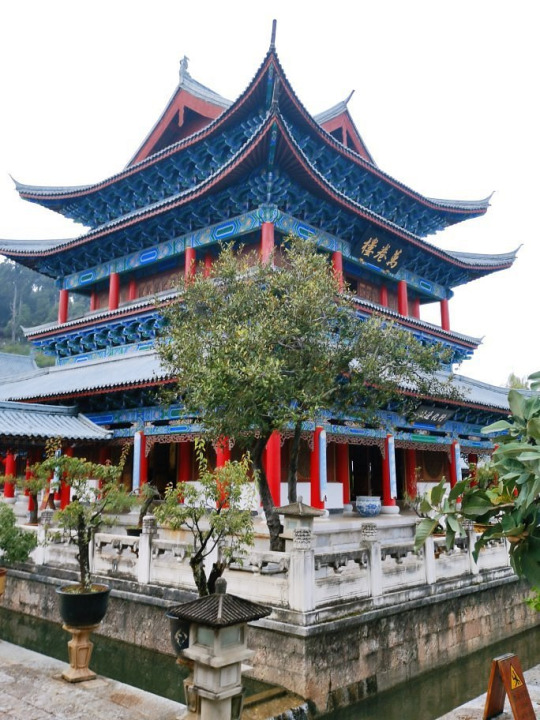
Finally, a build that doesn’t really fit the topic of this blog, but personally I really liked it, and just in time for October...
Devil Island (恶魔岛)
undefined
youtube
The cathedral in this build is based on Duomo di Milano.
#epicwork china#minecraft builds#the thousand year capital city Luoyang#the garden of gardens The Old Summer Palace#the ancient mystic city Lijiang#devil island#luoyang#the old summer palace#lijiang#old town of lijiang#chinese architecture#gothic architecture#chinese history#chinese culture#minecraft#yuanmingyuan#Youtube
157 notes
·
View notes
Text
First Lines
Tagged by @nostalgicatsea. Thanks for that!
Rules: list the first line(s) of your last 10 (or however many you have) posted fics and see if there’s a pattern!
(I'm going to cheat and not include my last fic, since it's technically 16 ficlets and I couldn't figure out how to make that work with this.)
always say there's a time and place (so maybe ours will consolidate) (X-Men Movies, cherik)
“Do you want to pick all that shit up?”
i have no more than all you leave (X-Men Movies, cherik)
After everything, Charles takes the helmet home with him.
wait and see what you'll find (Sleuth of the Ming Dynasty, suitang)
“Where is my sesame candy?” Tang Fan asks with his best glare in Sui Zhou’s direction.
break with the day/bend with the night (Sleuth of the Ming Dynasty, Sui Zhou/Li Fei)
It’s time to give up on sleep.
your lips, my lips, apocalypse (Sleuth of the Ming Dynasty, suitang)
Sui Zhou sets the plates on the table and arranges them so that they will be easy to reach. It will be just the two of them, after all.
An Untangled Knot (Sleuth of the Ming Dyansty, wangtang)
Wang Zhi entered the capital long after nightfall.
A Diamond Where The Star Would Be (616, steve/tony)
Steve considers the implication of entering the elevator for an uncharacteristically long time. They’re just cufflinks, he thinks.
it's a beautiful night, we're looking for something dumb to do (Sleuth of the Ming Dynasty, gen)
“Wait! What’s going on?” Tang Fan shouts as Dong’er pulls him by the wrist from the courtyard to his bedroom.
the smoke to clear the sea (Sleuth of the Ming Dynasty, gen)
“Guangchuan, I’m too late!” Tang Fan shouted at the smoking embers and what was left of Ji’an’s prison as if Sui Zhou’s ashes could hear him.
Ship to Shore (MCU, steve/tony)
Tony’s eyes dart up when he hears the door open.
So I definitely see a pattern here. I like to open up in the beginning of an action, either with a character deciding to do something, doing it, or saying they're going to do it. It's not exactly conscious, but I do want my writing to feel like it has a lot of forward movement. It makes sense that I'd conceptualize the story by hitting the ground running.
The first one is kind of strange because it's lifted directly from the DoFP and I'm relying on the reader to know the scene and how that part fits into the movie to set up the rest of the fic.
It's kind of funny that two of my fics start with Tang Fan shouting. *hangs head in writer shame*.
One thing I'm proud of, rereading these, is that I think most of the lines set up the pov character's voice well. Sui Zhou sounds different than Tang Fan sounds different than Steve.
I think most of the people I interact with have been tagged in this, but I'm not sure if @catholicjigglypuff, @sheronwrites, @avengersnewb, @ironlawyer have. If you're reading this and I forgot you or you HAVE NOT BEEN TAGGED, please do it anyway! It's been a lot of fun to read everyone's.
5 notes
·
View notes
Text
Ramblings on what exactly Yan is meant to parallel.
So what exactly is Yan, or as they call themselves Great Yan ( 大炎 , Da Yan)?
Well, obviously it’s China, however while one can draw clear parallels between Columbia and America, Victoria with the British Empire, Ursus with Russia, etc. what the exact connection between Yan and our own China is far less clear.
The Arknights Fandom Wiki is of the opinion that Great Yan is a parallel with the Tang Dynasty, the second high point of Chinese history after the Han and the dyansty in which China reached it’s greatest territorial extent. I disagree with this assessment, though not entirely as I will examine later, rather Great Yan is primarily based on the Ming Dynasty in my opinion.
The first point of evidence is in the name, Yan ( 炎 ) meaning blazing or scorching hot. Compare this with the Tang ( 唐 ) a largely obsolete word only really used in reference to the various dynasties of its name and derived from an ancient kingdom of the same name whose territory Li Yuan, later Tang Gaozu, the founder of the Tang Dynasty was the former Duke of, and the Ming ( 明 ) meaning bright or brilliant, and explicitly chosen by the Hongwu Emperor, Zhu Yuanzhang, for it’s meaning. There is even similarities in the name, 炎 made of two characters for fire stacked on each other and 明 combining the characters for sun and moon, both having to to do with light.
Secondly is the prevalence and popularity of martial arts and martial art schools. Despite what one may believe, the history of Wushu is actually pretty similar to the Historical European Martial Arts, namely that the systematic teaching of martial arts is not attested to until roughly the 14th and 16th centuries, with the earliest extant European manual being Manuscript I.33 aka FECHT 1 aka The Walpurgis Fechtbuch written in the 1320s and a particularly influential Chinese manual by the Ming General Qi Jiguang, the Jixiao Xinshu or New Treatise on Military Efficiency in the 1570s. It is also in the Ming that we get our first real written attestations that the Shaolin Monastery actually practiced martial arts as an integral part of their monastic lifestyle. Of course there are earlier evidences of martial arts, but the modern culture and practices of modern Wushu were founded in the Ming and Qing Dynasties.
Thirdly, and this is going to sound insane, Buttons. Take a look at these arts.
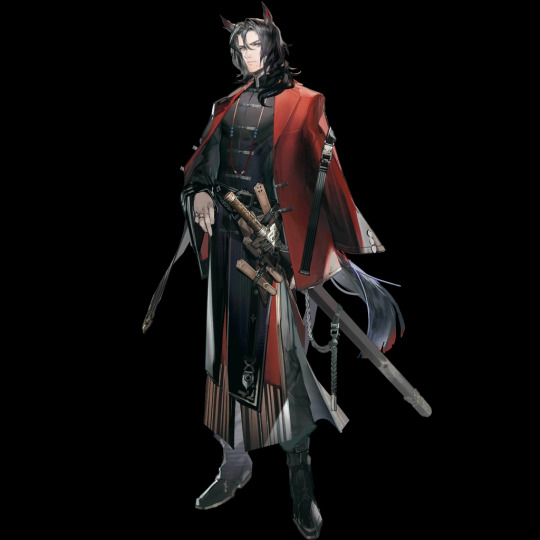


Note the way their clothes are fastened, and the fact you can even see the fastenings at all. This style of button are called frogs in the west, and Pankou (盘扣) in Chinese. This style is not commonly seen until the Song, and isn’t popularized until the Ming. Another aspect of the fashion are the high collars, which came into vogue because of the increasing popularity of Pankou and the associated jewelry Zimukou (子母扣) which would later become the mandarin collar. In contrast Tang Dynasty fashion favored rounder collars and generally a lower cut for both their outer and inner wear, as can be seen with Nine-Colored Deer who is based on the Mogao cave murals.
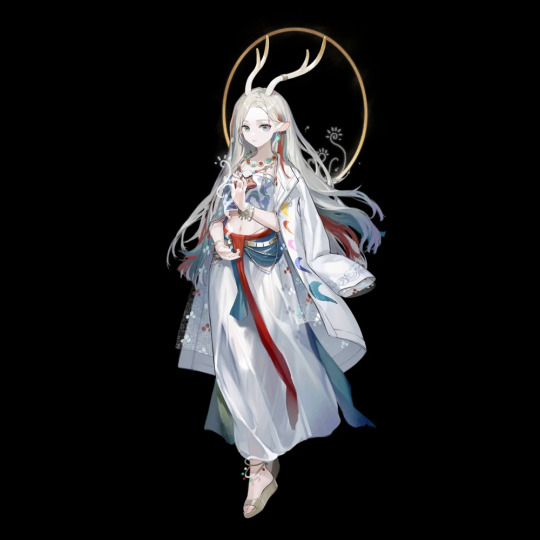
Fourthly, and perhaps most tenuously is the Yan bureaucratic system. Again back the the Fandom Wiki, the page on Yan assumes that Yan follows what is often translated as the Three Departments and Six Ministries ( 三省六部; Sān Shěng Liù Bù), which was the primary hierarchical structure of the Imperial Bureaucracy until the Yuan Dynasty.

Source: https://commons.wikimedia.org/wiki/File:Tang_government_structure.jpg
This was the structure of the Tang system.
The Three Departments refers to:
The Secretariat (中書省; Zhongshu Sheng)-In charge of proposing and drafting policy through writing imperial decrees for the Emperor.
The Chancellory (門下省 ; Menxia Sheng)-Advisors to the Emperor and the Secretariat, reviewed proposals and policies.
And most importantly and relevant to this discussion The Department of State Affairs (尚書省 ; Shangshu Sheng)-The executive arm of the bureaucracy and the umbrella organization of the the Six Ministries which I will talk about in a second.
The fact that we do not hear anything about the heads of these organizations, especially the Director of the Department of State Affairs, which you would think would be a bigger deal given the infighting between the Ministry of Rites and the Sui Regulators, as well as the prominence that the individual leaders of each Ministry is given leads me to believe that Yan follows the Ming system, or at least a post-Yuan system, as these three departments, along with other positions that could challenge the emperor like Grand Chancellor and Prime Ministers, were abolished by the Ming Dynasty. This elevated the position of each ministry but prevented consolidation of power in any one position.

Source: https://commons.wikimedia.org/wiki/File:Ming_government_structure.jpg
Now, where does the Tang dynasty play into all this? Well, look at Lungmen. I’m sure many of y’all already know the similarities between Lungmen and Hong Kong, whether it’s the prevalence of Cantonese vs Mandarin, it’s semi-independent nature, and it’s political significance, however I doubt many have considered the similarities Lungmen shares with a city in the exact opposite direction of Hong Kong, namely Dunhuang.
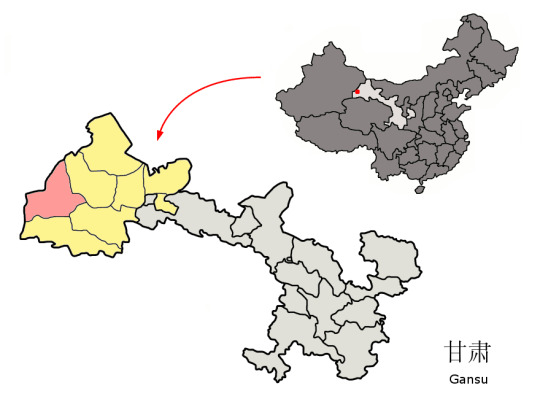
Located in the northwest province of Gansu, Dunhuang is situated in an oasis that historically served as a strategic point at the crossroads of the Southern Silk Road from India to Mongolia and Siberia as well as the Hexi Corridor which lead directly to Luoyang and Chang’an (modern Xi’an). It’s nature as the meeting place of trade and the primary point of contact for pre-modern China and the West mirrors Lungmen’s own similar status in Arknights, it being the westernmost point that the central power could still control gave it a preeminence for it’s trade. It’s also where the Mogao caves were found.
As well, despite it’s isolationism at first seeming to mirror the Ming’s own later extreme policies, Yan is a vast and multi-ethnic empire where, despite the discrimination against the Infected, discrimination based on race has yet to be a significant problem as it is in Ursus or Victoria. That aspect is also very reminiscent of the Tang, as the nature of it’s formation meant it was fundamentally a multi-ethnic empire from conception
21 notes
·
View notes
Text
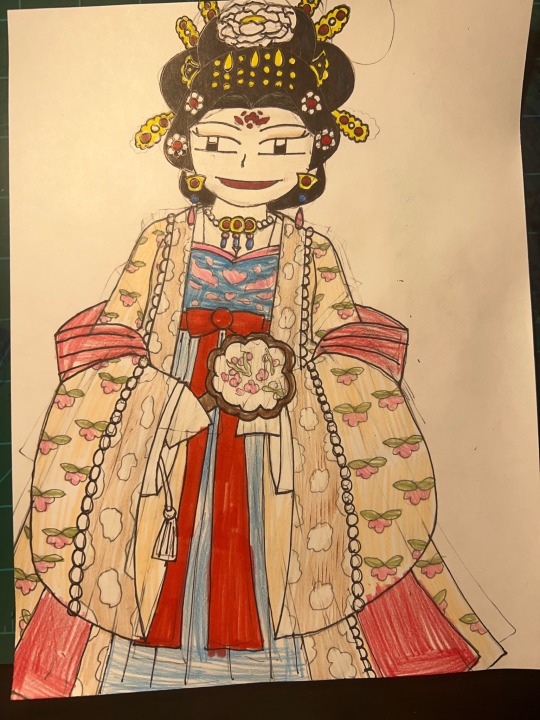
I drew a Chinese Consort from the Tang Dyansty. She is wearing a Daixiushan, a type of Hanfu worn by noble women from the late Tang Dynasty to five to ten kingdoms period. I hope you guys like it.
0 notes
Conversation
Tang Fan: You're clearly not listening. I can say whatever I want, can't I?
Wang Zhi: Tell me about it.
Tang Fan: I murdered He Lin last night.
Wang Zhi: I feel you.
Tang Fan: Now that I have the taste of blood, I can't stop murdering.
Wang Zhi: Been there.
57 notes
·
View notes
Note
51 for the Traffic Light Trio meeting Tripitaka?
"How'd you get hurt?"
MK ducked his head at the question, trying to hide his face in the collar of his jacket and failing miserably. He was already embarassed to be sitting on the ground as THE Tang Dyansty Monk and Master to the Monkey King Tang Sanzang, Tripitaka himself, kept a gentle but very firm grasp on his arm as he cleaned a particularly nasty gash.
It was the expressions on Mei and Red Son's faces made it even more embarassing. The confusion, the horror at the wound, the hint of amusement (that came after they saw how calm Tripitaka was and how decidedly not calm the Monkie Kid was). That was almost worse than his answer... almost.
"We left you for 15 minutes," Red Son said, looking almost impressed at how different of a scene they came back to. "What in the blazes did you do?"
"I was...hmnhmmbmm..." MK mumbled out, grabbing his jacket collar to pull it up over his face very poorly.
"Come again?" Mei asked, leaning forward and raising an eyebrow as she looked deep into his eyes. That wasn't fair, she knew that he couldn't lie to her when she looked at him like that! A dirty trick is what that was!
"He was trying to show me what he learned in training," Tripitaka offered after a few tense seconds and MK SWORE he had the barest ghost of a smirk under that smile! "It did not go as planned."
And Red Son started to cackle, gripping his sides as he had to lower himself to the ground from the pain of laughing so hard. "You were trying to show off! To a buddha!"
"SHUT UP RED!" MK's face blushed as red as his bandana and he wished that at that very moment the ground would swallow him whole. As Mei joined in he wished he would just disintegrate. There was no way it could possibly get worse.
"Oh, don't be too hard on yourself," Tripitaka soothed as he began to bandage his arm. "I thought you were doing very well until the branch broke under you."
No. No, it could get worse. Somehow that was worse. Monkey King could never know about this. "Thank you Mr. Tripitaka sir..."
#monkie kid#lego monkie kid#mk#red son#mei#traffic light trio#tripitaka#prompt fill#MK tried to look cool#he failed MISERABLY#Red Son in John Mulaney tone: and he was almost impressed!
51 notes
·
View notes
Text





Classic Tang Dynasty Hezi Dress Styling
From Hanfu Photographer Shu Ying-Liu Feng Hui Xue
136 notes
·
View notes
Text
China Uncensored / Chris Chappel exposed as New Tang Dyansty (NTD) Cultists via /r/China
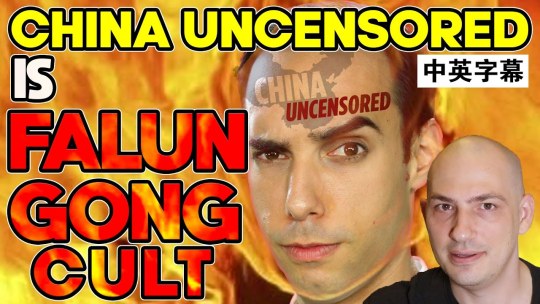
China Uncensored / Chris Chappel exposed as New Tang Dyansty (NTD) Cultists
https://www.youtube.com/watch?v=_x15Cmhgb70&n=0
Submitted September 22, 2020 at 06:07PM by choasam
via reddit https://ift.tt/2RMAwHQ
0 notes
Photo

唐 人面兽身瓷俑 湖北武汉鲁巷181厂出土 武汉博物馆藏
Tang Dyansty(618-907)/Porcelain Figurine with Human Face and Beast Body/Unearthed in Luxiang,Wuhan,Hubei China/Wuhan Museum
0 notes
Text



我想变得有趣,变得特别,变成你眼里的一点星光了
10 notes
·
View notes
Photo




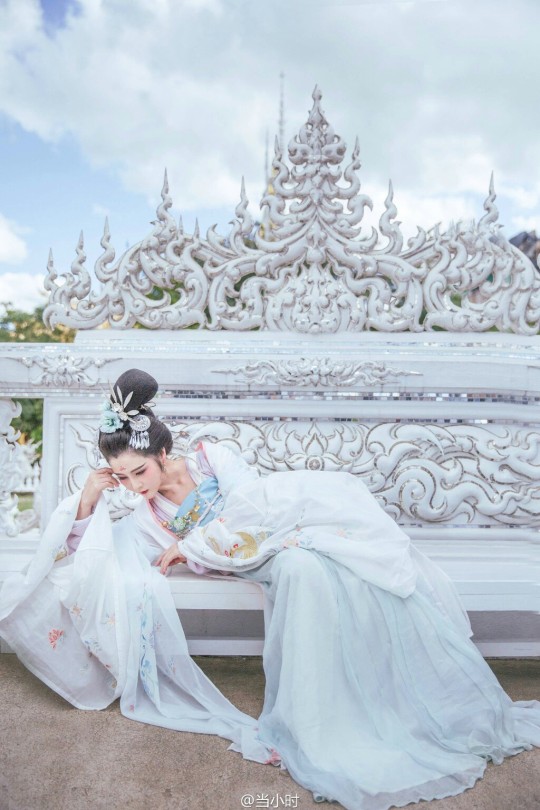
Chinese fashion, tang dynasty ruqun. Photographer-当小时Dang Xiaoshi. Sight spot-White Temple in Thailand.
11K notes
·
View notes